Describe the Structure and Function of Plasma Membrane
Based on their arrangement of molecules and the presence of certain specialized components. Understand the fluid mosaic model of membranes Describe the functions of phospholipids proteins and carbohydrates in membranes A cells plasma.
Define Plasma Membrane With Structure And Functions Qs Study
Made up of six protein subunits arranged in a hollow tubelike structure that extends through the thickness of the plasma membrane.

. The cell membrane plasma membrane is a thin semi-permeable membrane that surrounds the cytoplasm of a cell. Plasma membrane has a major role in protecting the integrity Of the interior Of the cell. The model has evolved somewhat over time but it still best accounts for the structure and functions of the plasma membrane as we now understand them.
The landscape of the membrane is studded with proteins some of which span the membrane. Describe the structure of the plasma membranecell membrane -Basic structure according to fluid mosaic model. The plasma membrane is impermeable to ions and most water-soluble molecules.
The plasma membrane contains both proteins and lipids. The plasma membrane not only defines the borders of the cell but also allows the cell to interact with its environment in a controlled way. Cells must be able to exclude take in and excrete various substances all in specific amounts.
Thin barrier separating inside of cell cytoplasm from outside environment Function. Plasma membrane structure surrounds the cell contains the organelles protects and separates the inside of the cell from the outside allows and controls the passage of substances inout of the cell selectively permeable. The plasma membrane is the boundary which separates the living cell from its nonliving surroundings.
The proteins float in the lipid bilayer forming a changing mosaic pattern. The modern understanding of the plasma membrane is referred to as the fluid mosaic model. Functions of the Plasma Membrane A Physical Barrier.
The fluid mosaic model of the plasma membrane. The fluid mosaic model describes the structure of the plasma membrane as a mosaic of componentsincluding phospholipids cholesterol proteins and carbohydratesthat gives the membrane a fluid. It separates the cellular protoplasm from its external environment.
The plasma membrane is a flexible and lipid bilayer that surrounds and contains the cytoplasm of the cell. PDF Cell membrane concept map worksheet answers Cell membrane concept map worksheet answers Chapter 3. Functions of the Plasma Membrane.
The non-polar ends are insoluble in water and tend to associate with one another. Briefly describe the structure of a eukaryotic plasma membrane identifying at least two component macromolecules and describing what their basic function is within the membrane. Also the movement of molecules both large and small in and out.
Cytoskeleton filaments integral protein glycolipid cholesterol glycoprotein phospholipid extracellular matrix ECM peripheral protein. This layer is semipermeable and is responsible for the regulation and transportation of materials. Prokaryotic cells do not have internal membranous partitions.
It also serves as a base of attachment for the cytoskeleton in some organisms and the cell wall in others. Depicts the plasma membrane as exceedingly thin 7- 10nm flexible structure composed of a double layer or bilayer of lipid molecules with protein molecules plugged into it. The Plasma Membrane is mainly composed of a layer of lipid molecules.
Plasma Membrane comprises a bilayer which is implanted with proteins and it helps. 1 Isolate cells contents from outside environment 2 Regulate exchange of substances between inside and outside of cell 3 Communicate with other cells Note. Biology questions and answers.
Structure of the plasma membrane. Plasma membrane serves as a base Of attachment for the cytoskeleton in some. They cross the membrane only through transmembrane.
The plasma membrane surrounds all cells and physically separates the cytoplasm which is the. Protein lipid and carbohydrate components of the membrane. Membrane Structure and Function.
Being a thin semi membrane layer it surrounds cytoplasm and the other. Membrane proteins carry out and regulate the. Label the following image with the correct terms to describe the structure and function of a plasma membrane.
The plasma membrane surrounds the whole cell whereas intracellular membranes compartmentalize functions within the cell. First and foremost the plasma membrane provides a definite shape and structure to the cell while it protects the internal contents. Functions of Plasma Membrane.
A plasma membrane is mainly composed of carbohydrates phospholipids proteins conjugated molecules which is about 5 to 8 nm in thickness. Cell Membrane Structure and Function. Plasma membrane or plasma-lemma is a bio membrane that occurs on the outside of the cytoplasm in both prokaryotes and eukaryotic cells.
Most membrane associated lipids are structurally asymmetric with polar and non- polar ends and are called amphipathic. Structure of the Cell Membrane. What forms a connecting tunnel between the two cells.
The plasma membrane also known as the cell membrane or cytoplasmic membrane is a biological membrane that separates the interior of a cell from its outside environment. Plasma membrane separates the components Of the cell from its outside environment It allows only selected substances into the cell and keeps others out. The plasma membrane is composed of a bilayer of phospholipids with their hydrophobic fatty acid tails in contact with each other.
Structure of Plasma Membrane. Introduction to Cell Structure and Function By the end of this section you will be able to. Plasma Membrane or cell membrane is a kind of thin sheet which is present in all cells.
Plasma membranes are selectively permeable or semi-permeable meaning that only certain. Its function is to protect the integrity of the interior of the cell by allowing certain substances into the cell while keeping other substances out. Membranes define boundaries of the cell and its components.
Membranes are associated with specific functions because the molecules responsible for the functions are embedded on membranes. Definition Structure Functions and Components Plasma Membrane. Two connexons one from each of the plasma membranes of two adajacent cells.
It is a fluid mosaic of lipids proteins and carbohydrate. This is the currently selected item. Although the major functions have been illuminated throughout this article it is helpful to have a quick review of the main functions of this impressively complex barrier.
The polar ends interact with water and are hydrophilic. This property of lipids enables them.
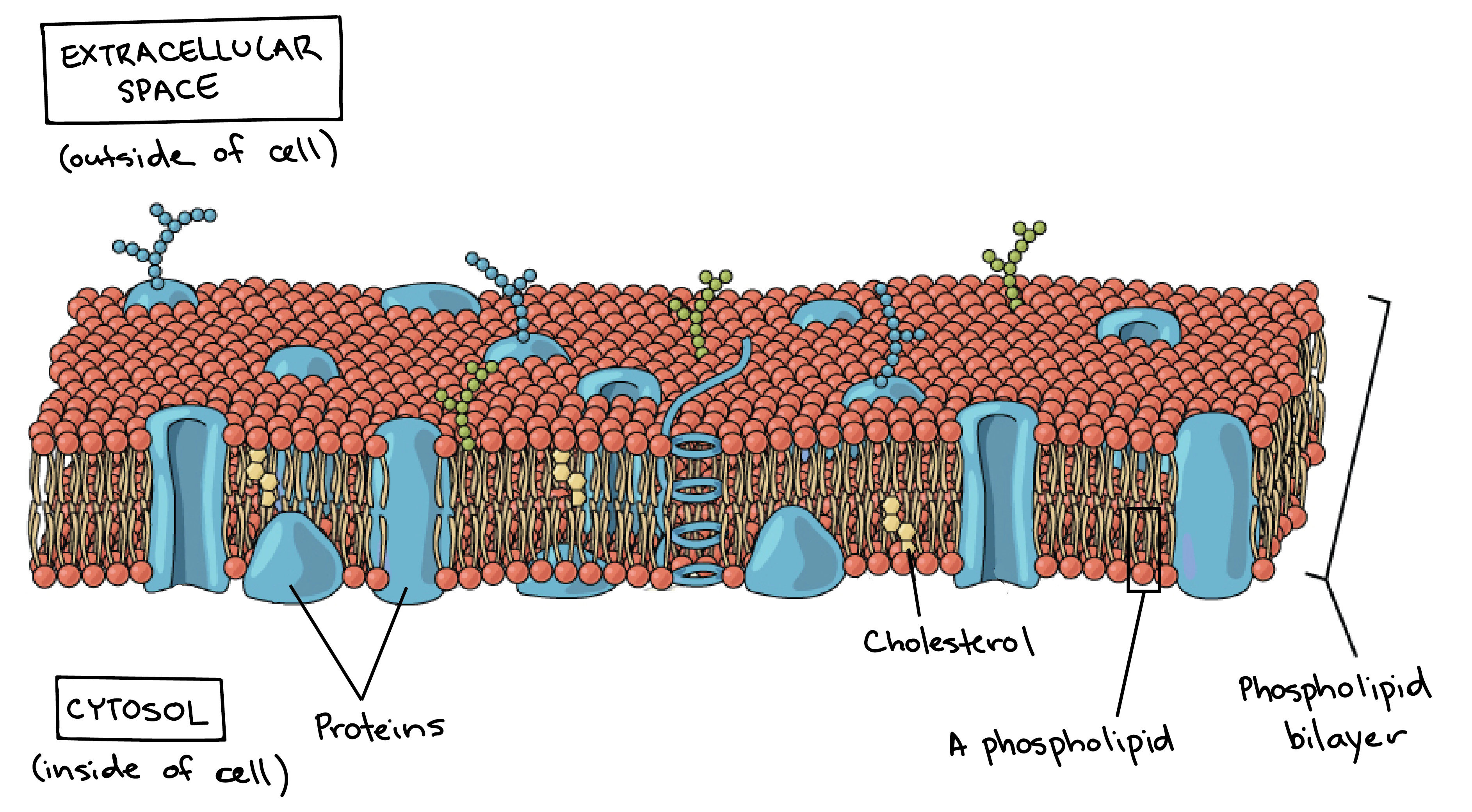
Plasma Membrane And Cytoplasm Article Khan Academy
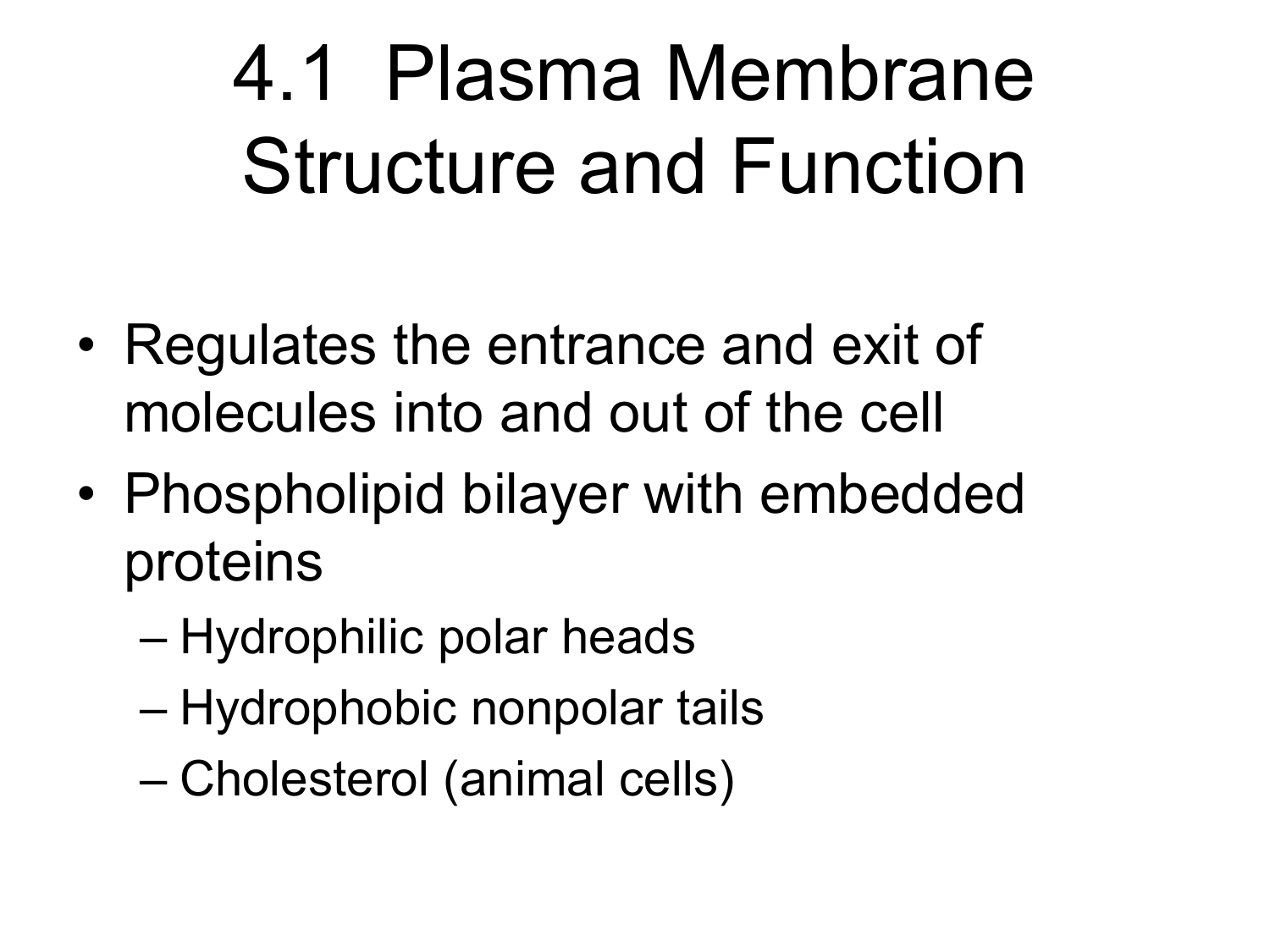
4 1 Plasma Membrane Structure And Function
Cell Membrane Structure Of The Cell

2 1 5 Plasma Membrane Structure And Function Youtube
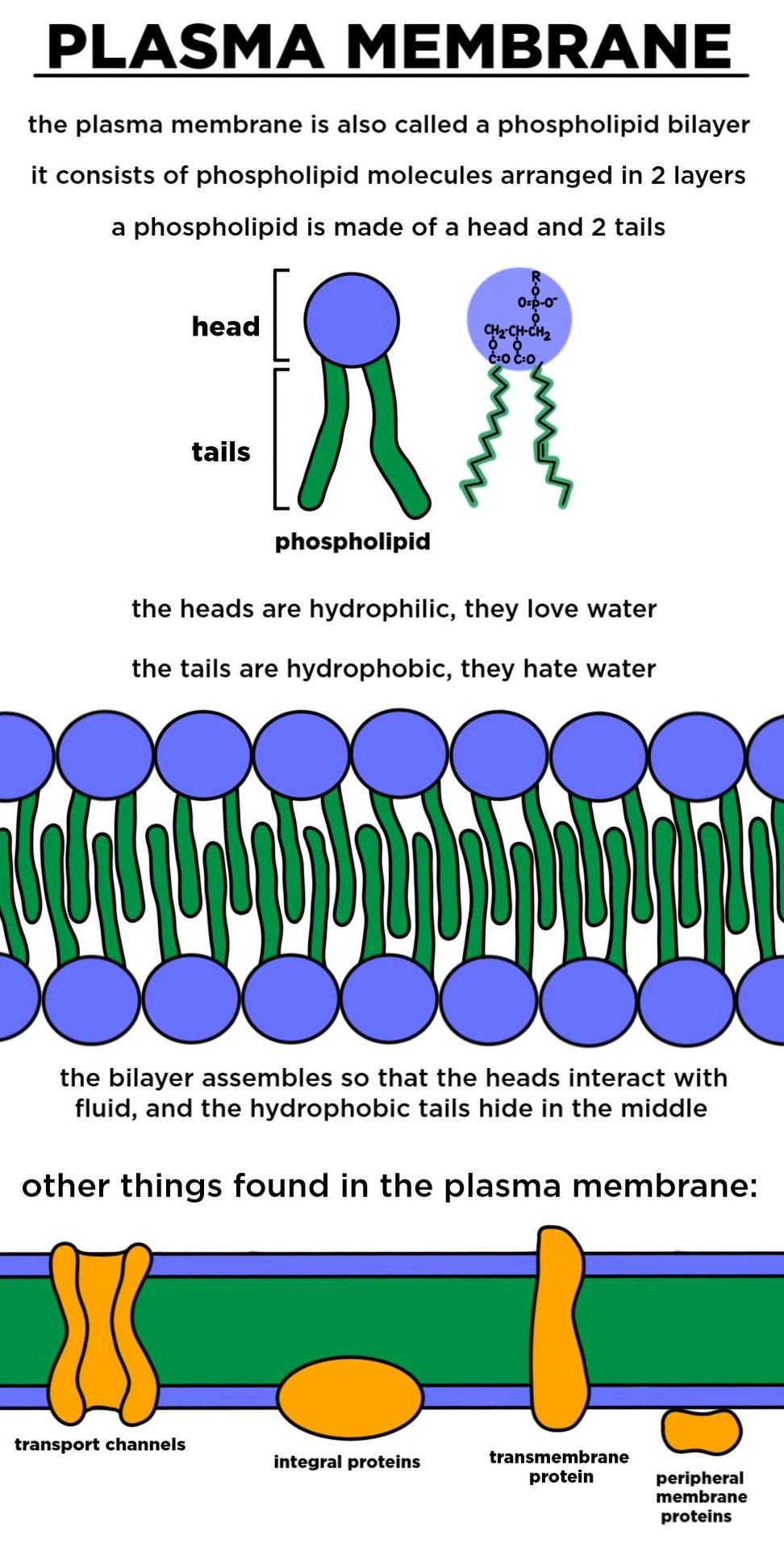
Structure Of Plasma Membrane Transport Homeostasis Expii
What Is Plasma Membrane Chemical Structure Functions Of Cell Membrane
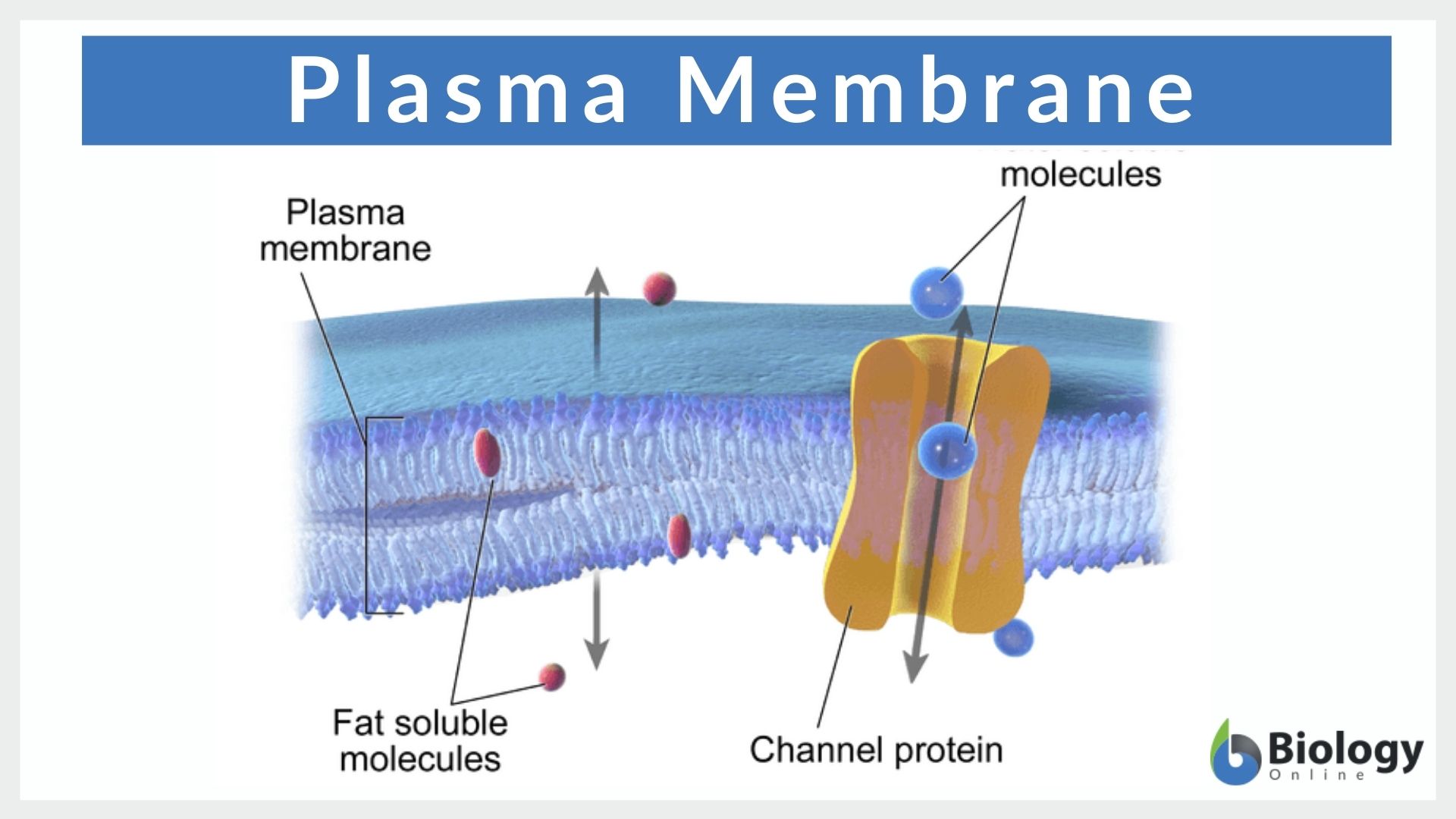
Plasma Membrane Definition And Examples Biology Online Dictionary

4 1 Chapter 4 Membrane Structure And Function 4 2 Plasma Membrane Structure And Function The Plasma Membrane Separates The Internal Environment Of The Ppt Download
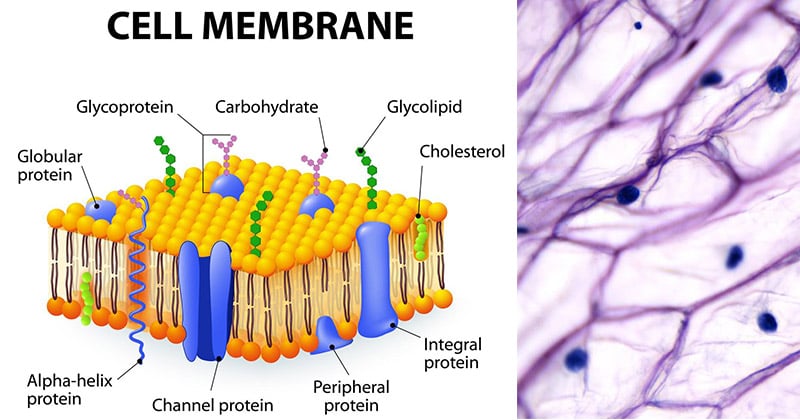
Cell Plasma Membrane Structure Composition Functions

The Plasma Cell Membrane Structure And Function Ppt Download
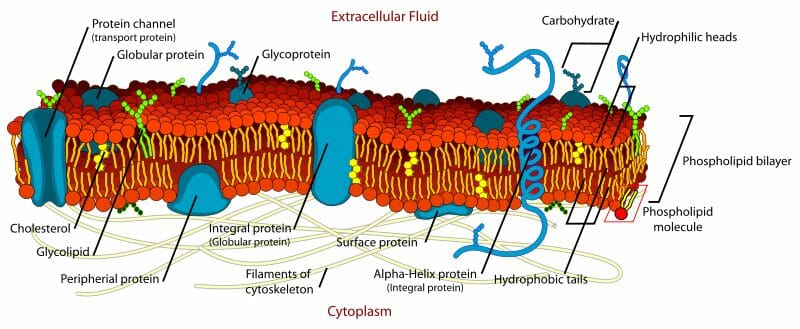
Plasma Membrane Definition Structure Functions Biology Dictionary

Structure Of Cell Membrane Cell Membrane Plasma Membrane Cell Membrane Structure

4 5 Structure And Functions Of The Plasma Membrane Plasma Membrane Membrane Plasma

Membrane Definition Structure Functions Britannica

Membrane Definition Structure Functions Britannica

Describe Structure And Functions Of Plasma Membrane Brainly In

2 1 5 Plasma Membrane Structure And Function Youtube

Plasma Membrane Structure Function Components Structure Fluid Mosaic Model
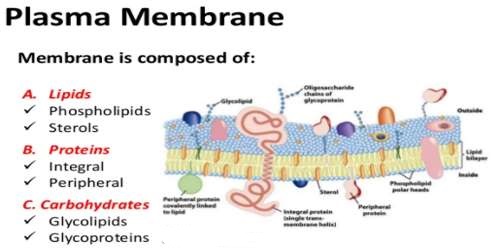
Plasma Membrane Or Cell Membrane Structure And Function Qs Study
Comments
Post a Comment